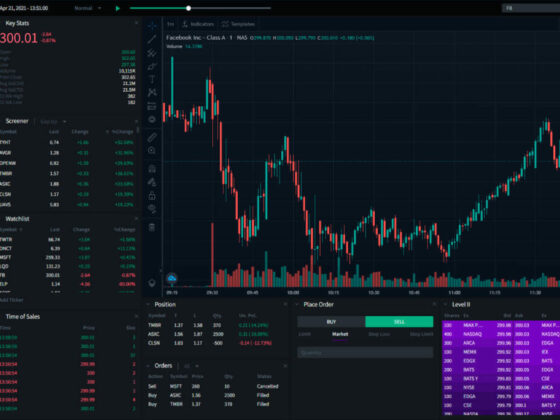In today’s fast-paced digital world, many of us find ourselves anchored to a desk for countless hours, fingers dancing across keyboards while our bodies bear the brunt of sedentary habits. A creeping tightness in our shoulders, an unyielding ache in our lower back, or a persistent tension headache—these are just a few of the myriad physical strains that can arise from prolonged sitting.
Enter massage therapy, a time-honored remedy that offers more than just a momentary escape from the daily grind. With its ability to alleviate discomfort, enhance circulation, and promote relaxation, massage can serve as an essential counterbalance to the rigors of office life.
As we delve into the multifaceted benefits of massage, we’ll explore how this ancient practice not only soothes sore muscles but also rejuvenates the mind, fostering a healthier, more productive work experience. Let’s uncover the transformative power of touch in combating the physical toll of long hours at the desk.
Understanding Physical Strain from Prolonged Sitting
Prolonged sitting, often a hallmark of the modern work environment, can wreak havoc on the body, leading to a myriad of physical strains that may go unnoticed until they manifest into more significant issues. The simple act of remaining stationary for hours can cause muscular tension, particularly in the lower back, neck, and shoulders, as gravity pulls the body down.
Over time, this tension can compound, resulting in chronic discomfort, reduced range of motion, and even circulatory problems. Additionally, the alignment of our bodies shifts in response to our chair ergonomics—or lack thereof—forcing muscles and joints to adapt in ways that arent necessarily healthy.
The interplay of these factors creates a perfect storm for physical strain, making it imperative to address and mitigate these effects with proactive measures, such as massage, which can help restore balance and alleviate discomfort.
Improving Circulation: The Role of Massage in Body Wellness

Improving circulation is essential for counteracting the physical strain that comes from long hours hunched over a desk. Massage therapy plays a pivotal role in this process by stimulating blood flow, promoting the delivery of oxygen and nutrients to fatigued muscles, and aiding in the removal of metabolic waste.
A skilled massage therapist can target specific areas where tension accumulates, using techniques that range from gentle kneading to deep tissue manipulation, each of which works in concert to enhance venous return. By breaking up knots and increasing pliability in the muscles, massage not only alleviates discomfort but also fosters a renewed sense of vitality.
With regular sessions, the cumulative effects can lead to improved energy levels, enhanced focus, and a remarkable boost in overall body wellness. In a world where desk-bound lifestyles prevail, making time for massage is not just a luxury—it’s a vital investment in our physical health.
Types of Massage Techniques Ideal for Office Workers

For office workers grappling with the physical toll of extended hours at a desk, certain massage techniques stand out as particularly beneficial. First, trigger point therapy offers targeted relief, concentrating on tight knots that form in the muscles, often in the neck and shoulders.
This technique not only alleviates localized pain but also enhances blood circulation, fostering overall vitality. Additionally, Swedish massage, with its gentle kneading and long strokes, serves to loosen tension throughout the body, promoting relaxation and mental clarity.
Meanwhile, Deep Tissue Massage in Irving, TX (or elsewhere) delves into deeper muscle layers, addressing chronic pain and restoring flexibility—perfect for those who feel their posture slipping from long hours in front of a screen. With a combination of these techniques, employees can find a refreshing respite, empowering their productivity while fostering a healthier work environment.
Conclusion
In conclusion, integrating regular massage therapy into your routine can significantly alleviate the physical strain caused by long hours at a desk. Techniques such as 스웨디시 massage not only help in relieving muscle tension but also promote relaxation and improve circulation, ultimately enhancing overall well-being. By prioritizing self-care through massage, individuals can counteract the negative effects of prolonged sitting and maintain better posture, flexibility, and focus at work.
Embracing this holistic approach fosters a healthier work environment and encourages a more productive lifestyle, making it an essential practice for anyone facing the demands of a desk job.


